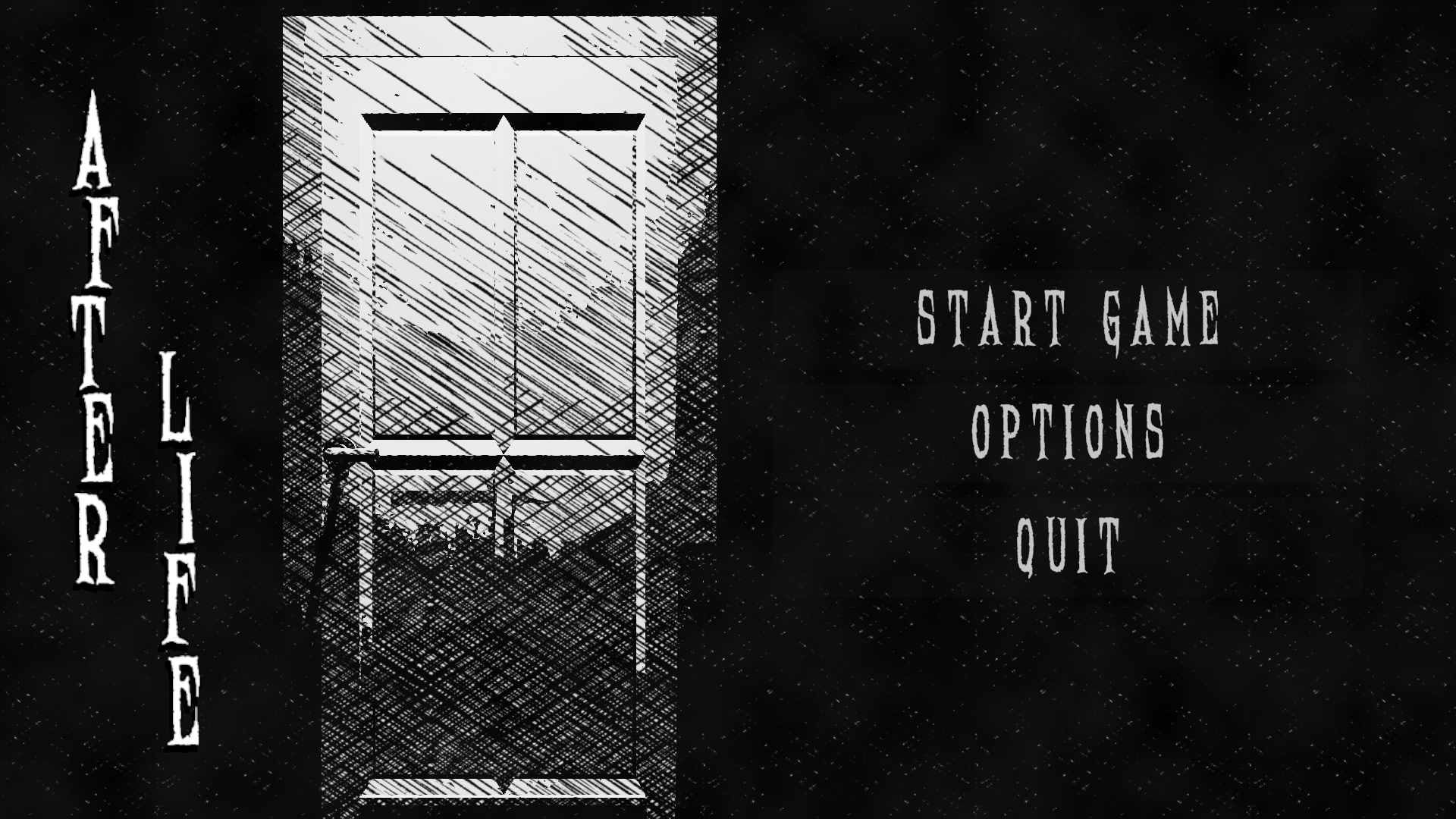
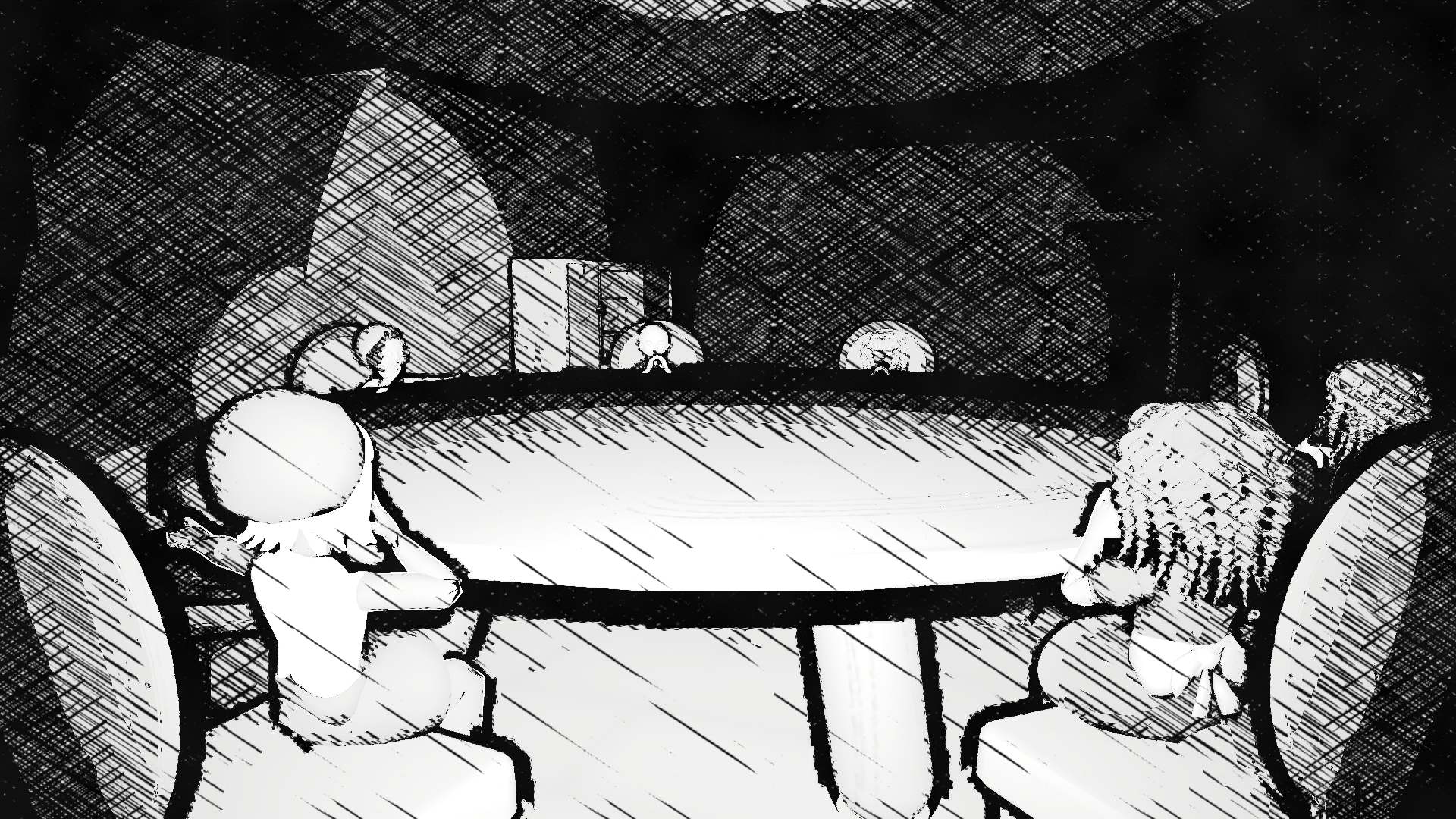
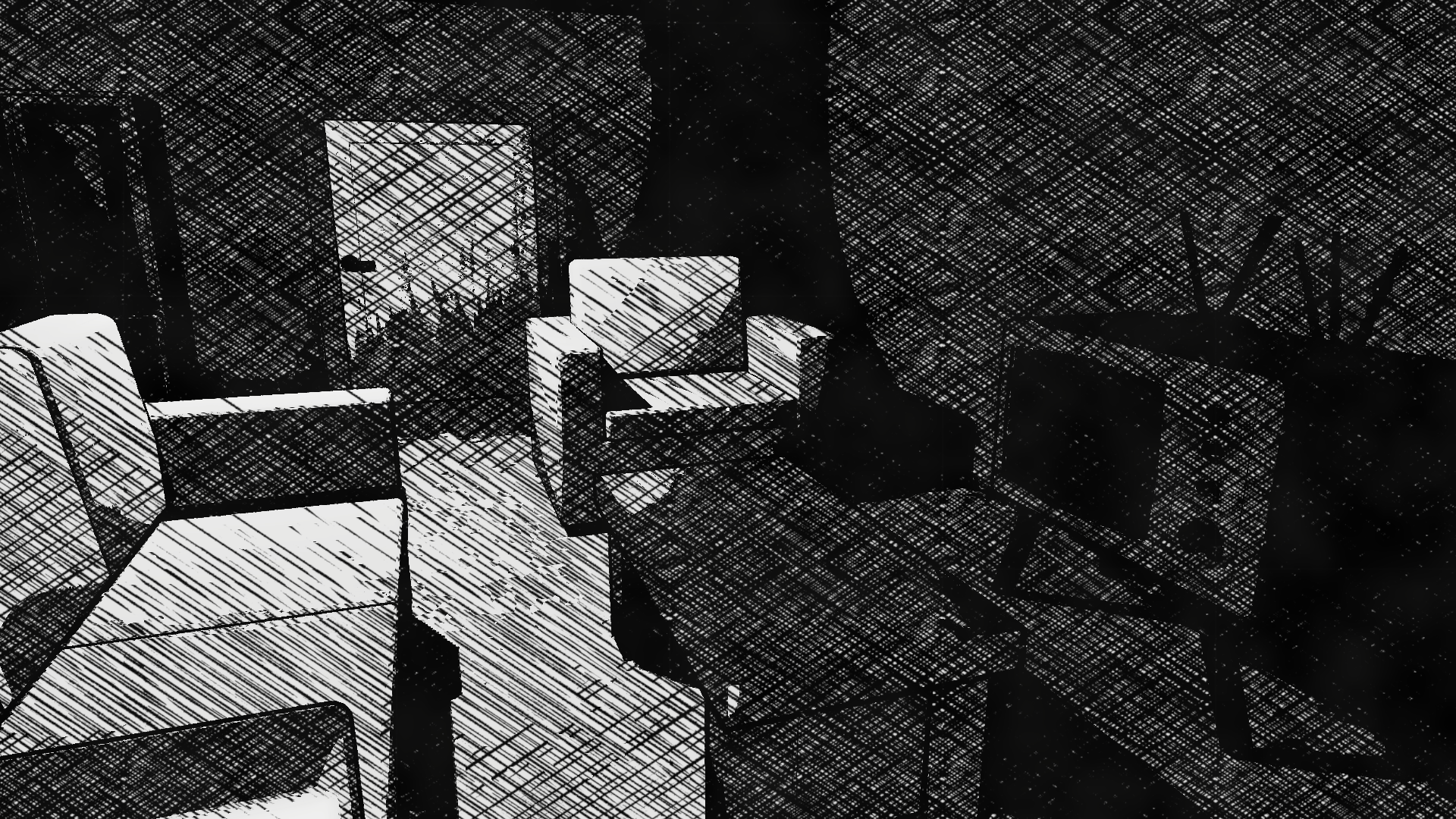
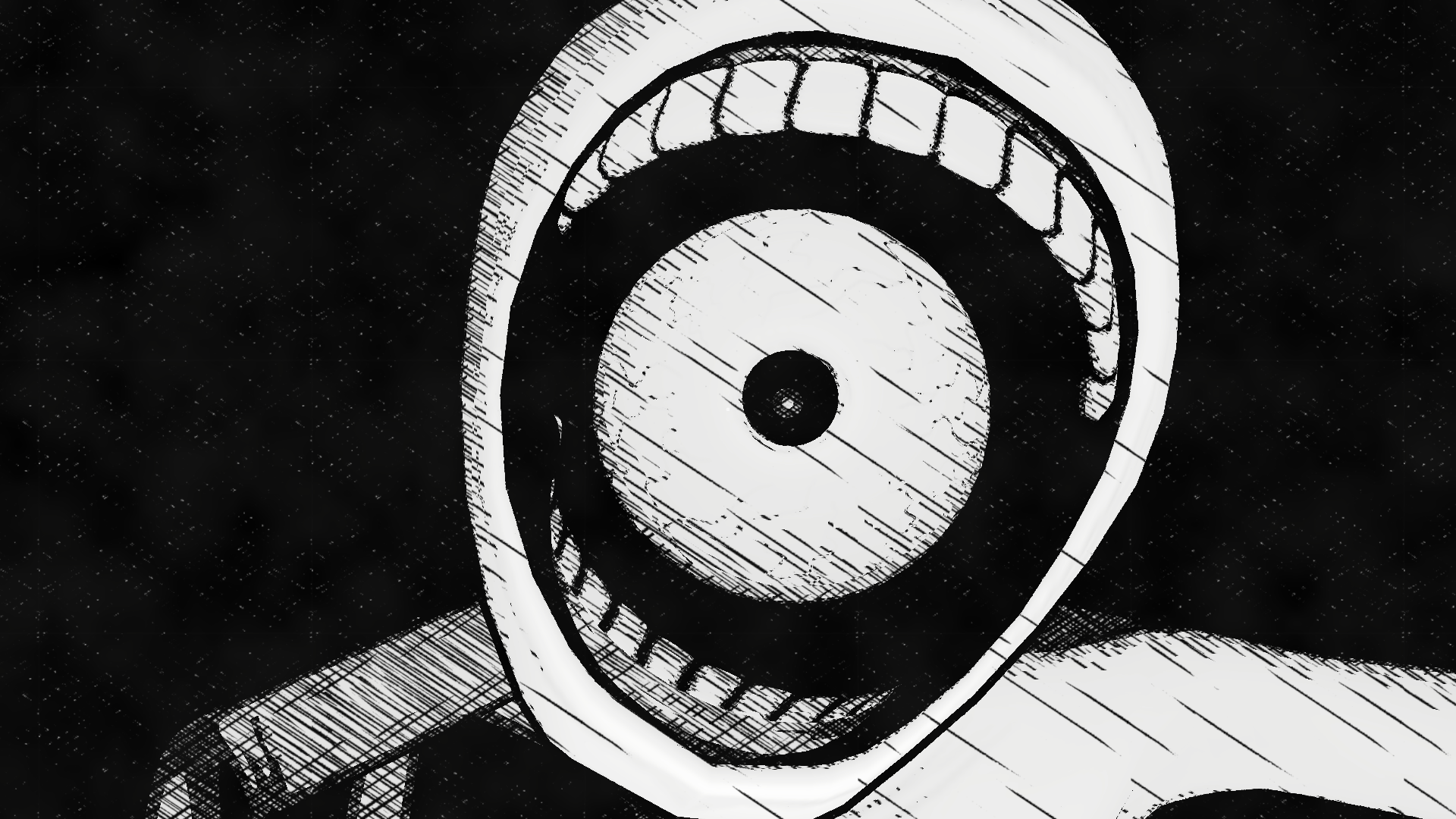
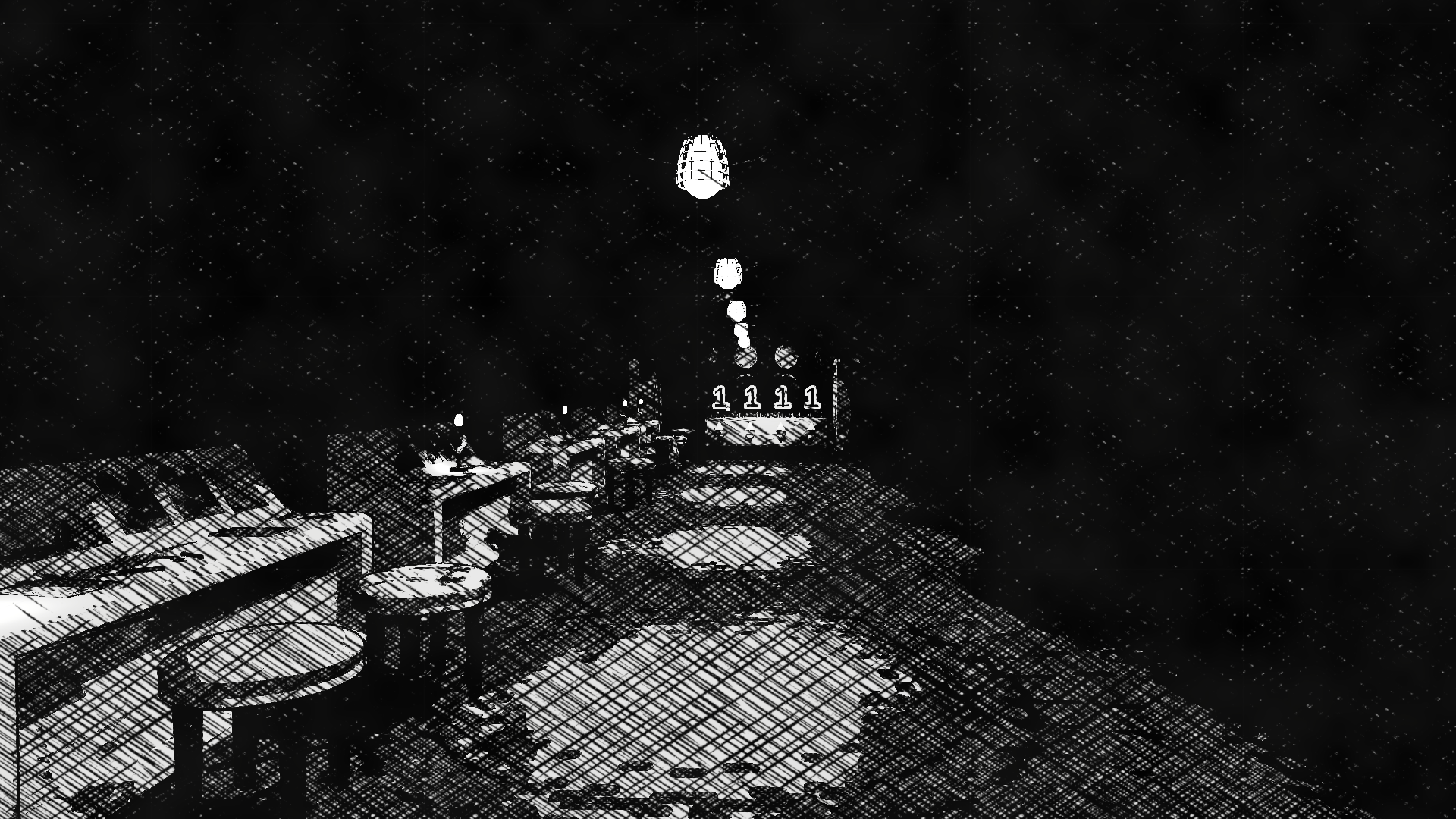
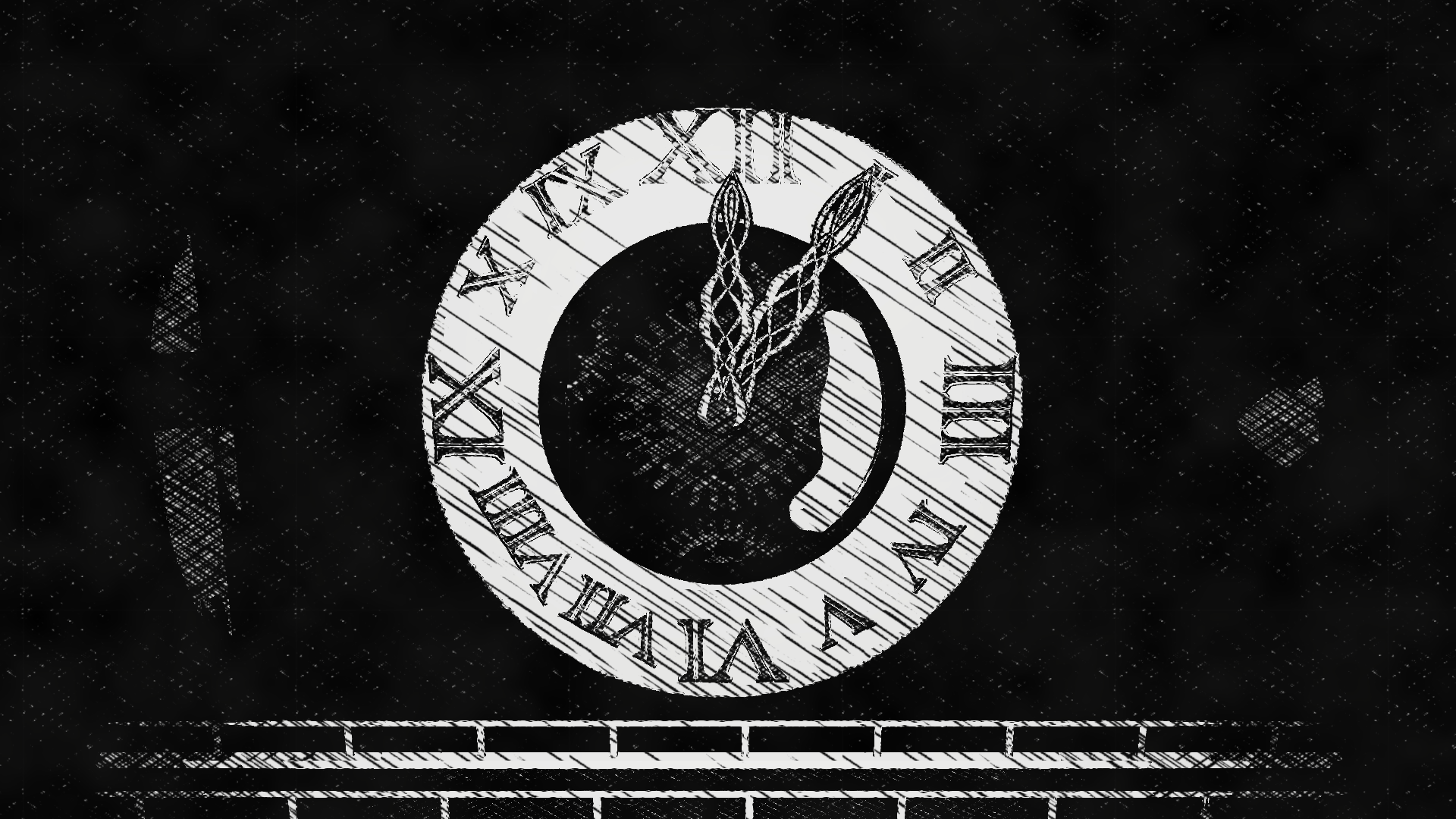
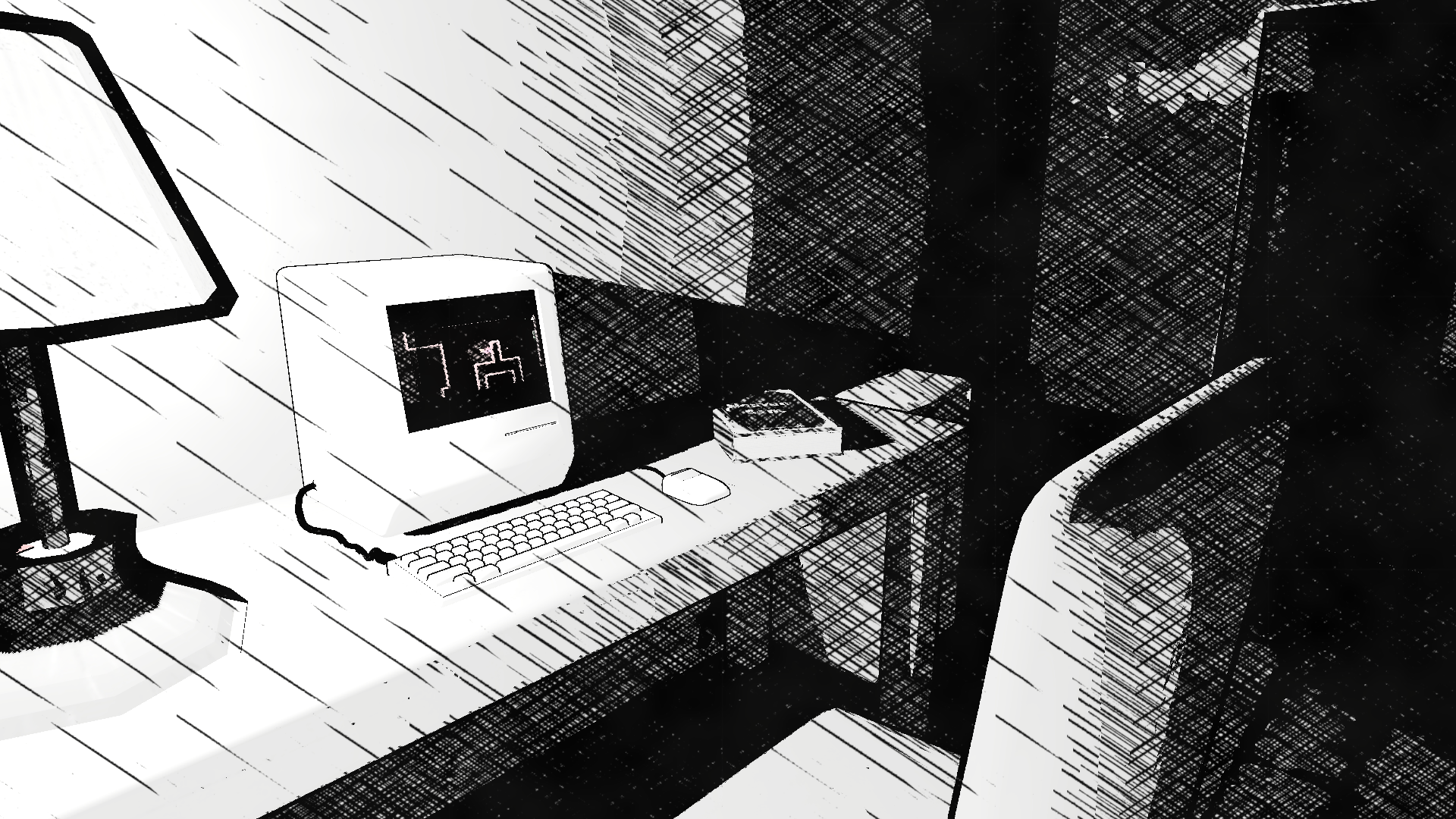
Project Overview
"After Life" is a gripping first-person, navigation-based puzzle horror game designed for Windows PCs. Players embark on a nightmarish journey, navigating through levels within their own nightmares. The game introduces a unique flash mechanic, triggered only after closing your eyes for a period and then reopening them. A standout feature of "After Life" is its custom shaders built using Unity's shader graph, creating a visually striking and terrifying experience.
My Role: Technical Artist, Gameplay Programmer, Project Manager & Sound Designer/Composer
In this project, I served as the project manager, sound designer, composer, gameplay programmer, and technical artist. As a project manager, I played a pivotal role in organizing our weekly meetings, ensuring project alignment, and overseeing repository organization using PlasticSCM. My responsibilities included facilitating communication among team members, addressing challenges, and maintaining project cohesion. Additionally, I took charge of sound design and music composition, contributing significantly to the game's audio atmosphere. On top of this, I created some of the mechanics in the game, such as the core flashlight blinking system. Lastly, as a technical artist, I developed the sketch-style shader using Unity's shader graph, enhancing the game's visuals.
Project Goals
Our primary goal was to craft a unique horror game experience centred around the novel mechanic of closing one's eyes to trigger a flash of vision. This mechanic challenged players to navigate levels while managing their limited visibility, creating an immersive and suspenseful gameplay experience.
Technologies Used
Game Engine: Unity3D
Music Composition: FL Studio
Sound Effects: Audacity
Project Management: Discord, Figma, Google Services
Version Control: PlasticSCM
Key Features
"After Life" offers a distinctive gameplay mechanic where players can charge a flash of vision by closing their eyes. The longer the eyes remain closed, the brighter and more extensive the flash upon reopening. This mechanic adds tension as players must choose when to close their eyes, leaving them vulnerable to unseen threats.
An innovative aspect of the game is the emphasis on a sketch-style shader, allowing for intricate visual details while reducing the workload on modellers. This approach resulted in a visually striking and terrifying game world.
To enhance player engagement, we implemented a level progression system. Players could only fail a level three times before the game moved them to the next dream. This approach prevented repetitive gameplay while aligning with the game's narrative concept of exploring different nightmares.
Gameplay Description
"After Life" comprises four levels, three of which are nightmarish scenarios, while the fourth unfolds in the character's home. Each level offers distinct challenges and gameplay experiences:
The game culminates with a confrontation with the main monster, leading to different endings based on the player's performance.
Challenges and Learning
One of the significant challenges we faced was scoping the game appropriately. Initially, our project had ambitious plans, but we realized the need to scale it down to meet our four-month timeline effectively. We learned the importance of early scoping and creating checklists to manage project complexity efficiently.
A crucial lesson from this project was the significance of effective communication within the team. Overcoming communication barriers, we encouraged open dialogue during weekly meetings, addressing concerns promptly and collaboratively. This shift in approach greatly benefited project cohesion and outcomes.